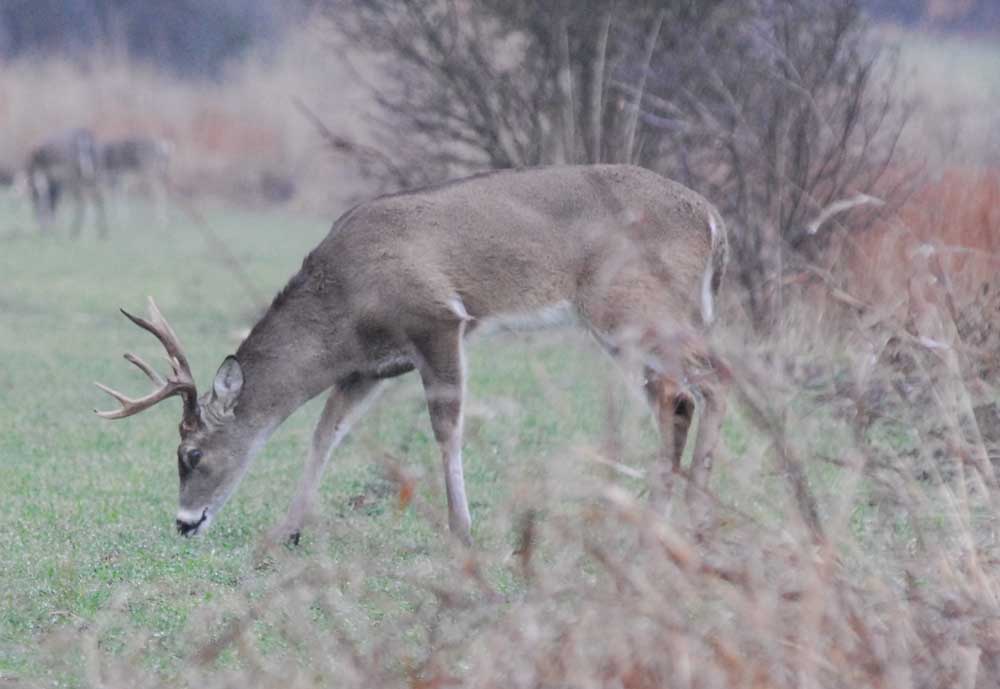Should I feed my catfish during winter?
Published 10:00 am Friday, October 19, 2018

- Clint Perkins
As winter approaches, a pond owner’s thoughts turn away from feeding their catfish. While it’s true that catfish don’t eat much feed in winter, pond owners serious about their ponds should not totally stop feeding. The lack of a winter feeding program can negatively impact fish growth the next growing season. Fingerling-size catfish are particularly susceptible to nutritional deficiencies caused by poor winter nutrition, including emaciation and increased susceptibility to disease and parasite problems.
Food-size catfish can lose up to 10 percent of their pre-winter body weight without a winter feeding program. Pond owners should continue to feed a floating ration containing at least 28 percent crude protein during the winter months. Sinking rations should be avoided because of the difficulty in determining whether the feed is actually consumed. Landowners can feed up to 1 percent of the total fish weight present on warm afternoons. Catfish will respond best on days when water temperatures are 54 degrees or above at the time of feeding. If the fish don’t respond to the initial feeding, landowners should discontinue feeding until water temperatures increase. Overfeeding may lead to water quality problems next spring.
Although weather conditions will dictate the actual frequency of feeding, every-other-day feeding has resulted in as much as 18 percent weight gain as a direct result of a winter feeding program.
The adoption of a winter feeding program is not for everyone. However, those pond owners intensively managing their ponds for catfish should consider winter feeding to increase fish performance during the next growing season.
For more information, contact Clint Perkins with the Texas A&M AgriLife Extension office in Smith County, 1517 W. Front St., Suite 116 Tyler, 75702; or call 903-590-2980.






